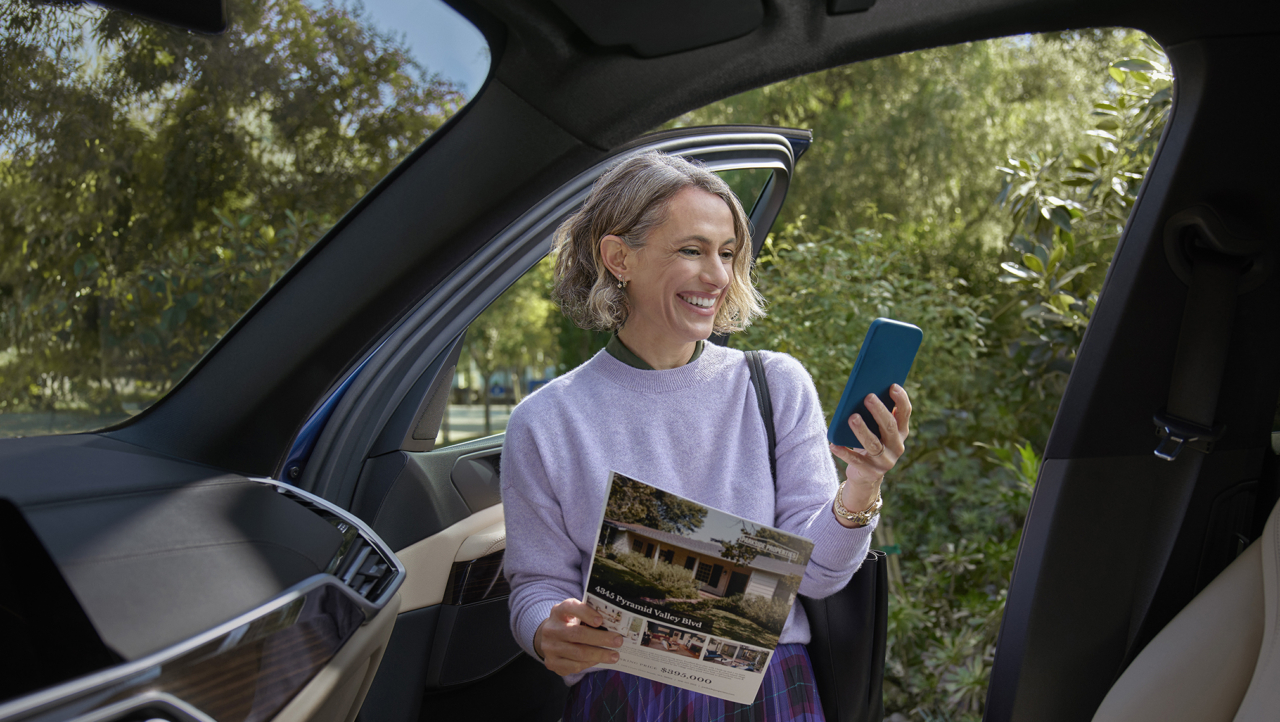4 min read
Open House Signs: Virtually and on the Ground
Learn how to use physical and virtual signs effectively and get people in the door.

Written by Jay Thompson on May 7, 2014
'Sign, sign, everywhere a sign.
Blockin' out the scenery, breakin' my mind.
Do this, don't do that, can't you read the sign?'
So begins the song 'Signs,' by the Five Man Electrical Band. Great tune, but I'm pretty sure it had nothing to do with real estate open house signs.
If you're holding an open house, however, your signage plays an important role in marketing and promoting your open house. After all, an open house with no one in attendance is ineffective, not to mention lonely.
Let's take a look at open house signs and what you can do to maximize their use — and maximize your opportunities for a successful open house.
Virtual open house signs
If you ask most people to describe an open house sign, you'll get a description of the physical signs that sit on a street corner, pointing the way to the open house. Those are important signs for guiding people to the open. But physical signage, as important as it is, is not the only kind of open house sign you have at your disposal.
Think virtual signage.
I'm sure there are home buyers out there whose strategy is to drive around neighborhoods that appeal to them and follow the arrows to open houses. That's perfectly fine; physical signs will help get those potential buyers to your open house.
But don't forget the consumers that go online to see where open houses are being held, and then plan their visits accordingly. You'll need virtual signs to get those potential buyers to your open house.
Where do people look for virtual open house signs? The same places they look for properties that are for sale: your website, brokerage websites, and national real estate websites like Zillow. They look on Craigslist. They look in local newspapers. They might even look at their social media networks. Marketing your open houses — adding virtual open house signs — on these websites helps promote your open house and, potentially, increase foot traffic to it.
Social media tip: Many agents create a Facebook event to help market and promote their open houses. Smart move. But inviting people that have zero desire to attend, or more importantly would find it physically impossible to attend, is not a smart move.
I live in Seattle, Washington. I get Facebook invites every week for open houses all across the country. Do you really think I'm going to attend your open house in Miami this Saturday? While it's easy to invite all of your Facebook friends to your open house, take the time to be selective and invite just the local folks.
Physical open house signs
When should I set out my physical signs? Many years ago, my wife wanted to hold a garage sale to get rid of all the junk we'd accumulated over the years. Using my crack marketing skills, I determined that we should put out signs for the sale the evening before the big event. You know, get the word out early, build excitement for the event. COMING SOON!
That strategy sounded right on paper. When someone knocked on our door at 5:30 a.m. on the morning of the garage sale, hoping to get an early shot at the goods, it became apparent that my good idea had gone wrong.
While you don't want to wait until the day of the open house to begin your marketing efforts, placing open house signs too early could bring undesired results — from people showing up early to the theft of your signs. Better to place your open house signs the morning of the event.
Where should I place the physical signs? Putting an open house rider on the for sale sign and hoping people notice and stop by isn't effective. The primary objective of an open house sign is to capture drive-by traffic. But placing open house signs 10 miles away in every direction can be prohibitively expensive. Instead, place your directional signs at the major entrance points to the community. After a driver turns into the community, you'll want enough signs to allow for placement at major crossroads. The idea is to have enough directional signs so that drivers don't have to wander about, wondering if they've missed a turn. One sign that's woefully underutilized is a directional sign that indicates to keep driving in the current direction. If there are long stretches of road, or if a driver headed to your open house has to cross numerous streets before needing to turn, consider a 'keep going/straight ahead' directional sign.
Finally, watch the HOA rules. If you are holding an event at a property located in a homeowners association, it would be prudent to understand their rules for open house signs. The Internet is full of stories from agents lamenting the loss of their open house signs because the HOA removed them as fast as the agent put them up. Know the HOA rules for sign size, placement restrictions and timing.
Marketing your open house is crucial to its success. Open house signs are a big part of marketing an open, be they physical or virtual. Apply a little thought and planning to your open house sign strategy and drive that success rate up!
Related:
Tags
Tips for top-performing listings
Backed by new research, this guide reveals what today’s top listings do differently to capture buyer attention and outperform the rest.
Learn more

